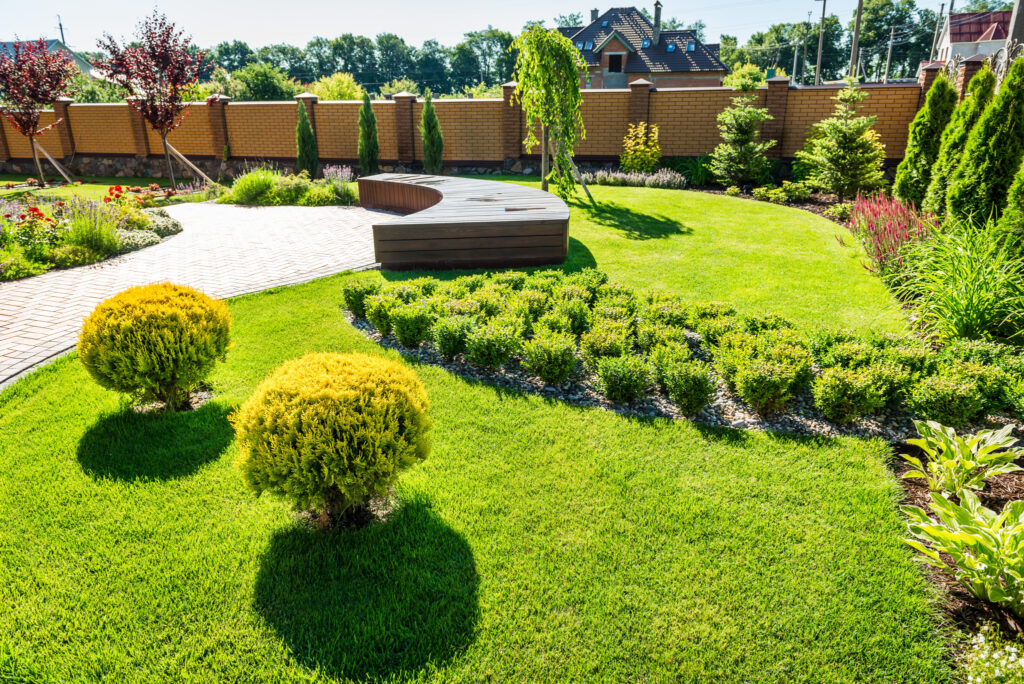Local parks and recreation systems are far more than open spaces for leisure. They serve as vital community assets that shape public health, strengthen economies, protect the environment, and foster social well-being. Whether it’s a sprawling city park or a small neighborhood playground, these green spaces deliver lasting benefits that ripple through every aspect of community life.
1. Strengthening Public Health
Access to parks plays a crucial role in promoting physical and mental health. Regular exposure to green spaces encourages active lifestyles—walking, running, cycling, and sports all flourish where parks are accessible. According to studies from the Centers for Disease Control and Prevention (CDC), individuals living near parks are more likely to meet the recommended physical activity levels, which helps reduce chronic diseases such as obesity, diabetes, and heart disease.
Beyond physical benefits, parks also support mental health. Nature-based environments provide opportunities for stress relief, relaxation, and mindfulness. Even brief exposure to greenery can lower cortisol levels and improve mood. For children and teens, outdoor play in local parks supports cognitive development, creativity, and social skills.
Communities that invest in well-maintained recreation programs also see long-term savings in healthcare costs. By encouraging healthier lifestyles, parks serve as a preventive healthcare infrastructure, improving quality of life while reducing the medical burden on local systems.
2. Boosting the Local Economy
Local parks and recreation facilities drive significant economic impact. Property values tend to rise near clean, safe, and accessible parks. Homebuyers and renters alike place a premium on proximity to outdoor amenities, often viewing them as extensions of their living spaces.
Additionally, parks create jobs and stimulate local spending. Maintenance crews, landscape architects, recreation managers, and event staff all contribute to the employment ecosystem. Community events, such as festivals, farmers’ markets, and sports tournaments, attract visitors who spend money on local dining, lodging, and retail.
A report from the National Recreation and Park Association (NRPA) found that local park agencies in the U.S. generated over $200 billion in economic activity and supported more than 1 million jobs in recent years. The economic footprint of local recreation systems extends far beyond the park gates—benefiting small businesses, real estate markets, and tourism alike.
3. Environmental Protection and Sustainability
Parks serve as natural infrastructure, offering environmental benefits that help cities and towns adapt to changing climates. Trees and vegetation improve air quality by filtering pollutants and producing oxygen. Green spaces also regulate temperatures, providing shade and cooling urban “heat islands.”
Stormwater management is another critical ecological service. Parks absorb rainwater through soil and vegetation, reducing runoff that can cause flooding and erosion. Wetlands and natural buffers within park systems protect local waterways and provide habitat for wildlife.
Many municipalities utilize their park systems as living classrooms to teach sustainable practices—hosting recycling drives, native plant workshops, and community gardening projects. These initiatives not only protect the environment but also cultivate eco-conscious citizens who carry these values beyond the park itself.
4. Building Community and Social Connection
At their core, parks are social spaces. They bring people together across age, background, and culture. From family picnics and youth sports leagues to outdoor concerts and cultural festivals, parks offer a neutral and inclusive setting for community engagement.
Recreation programs organized by local governments or nonprofits often serve as community anchors. They offer structured activities—such as fitness classes, art workshops, and senior programs—that help residents form lasting friendships and build networks.
Parks also play a key role in fostering civic pride. Volunteer park cleanups, beautification projects, and “adopt-a-trail” initiatives encourage residents to take ownership of their public spaces. These shared efforts strengthen trust, cooperation, and collective identity within neighborhoods.
5. Enhancing Youth Development and Education
Children and teens gain immense developmental benefits from exposure to parks and recreational programming. Physical play develops motor skills, balance, and coordination. Organized sports and outdoor group activities teach teamwork, leadership, and discipline.
Educational programs in park settings—such as nature camps, wildlife observation, and gardening—enhance classroom learning by offering real-world experiences. Studies have shown that outdoor education can boost attention spans and academic performance while fostering environmental stewardship.
Furthermore, recreation centers often serve as safe havens for youth during after-school hours. Providing structured, positive outlets reduces risks associated with unsupervised time, such as delinquency or screen dependency.
6. Promoting Equity and Inclusion
Equitable access to parks is essential for building fair and thriving communities. Unfortunately, not all neighborhoods enjoy the same level of park quality or safety. Historically underinvested areas often lack clean, well-equipped recreational spaces, which can perpetuate health and opportunity disparities.
Forward-thinking cities now use “parks equity” strategies to ensure that every resident—regardless of income, race, or ability—can benefit from green space. This involves assessing community needs, enhancing transit connections, and engaging residents directly in the design and programming of parks.
Inclusive design also means considering accessibility for people with disabilities. Universal design principles—such as wheelchair-friendly paths, sensory gardens, and adaptive recreation equipment—ensure that everyone can participate fully in the joy of public spaces.
7. Improving Quality of Life
Ultimately, parks elevate the everyday experience of living in a community. They offer peace in the middle of busy cities, promote outdoor activity in suburban neighborhoods, and preserve the natural character of rural areas.
A walk along a tree-lined trail, a weekend soccer match, or a sunset concert in the park—these simple experiences add joy, beauty, and meaning to daily life. Parks remind us that well-being is not measured solely by economic growth but by the quality of our shared spaces and relationships.
Local governments that prioritize investments in parks and recreation are investing in the long-term happiness, health, and resilience of their citizens. As cities grow and climate pressures mount, parks will remain one of the most effective tools for creating balanced, sustainable communities.
Conclusion
Local parks and recreation systems are more than amenities—they are lifelines for community vitality. They nurture physical and mental well-being, bolster local economies, protect the environment, and foster social connections. When communities invest in parks, they invest in themselves—creating spaces that support growth, unity, and well-being for generations to come.
Learn More About Our Real Estate Services and How We Can Help You Buy or Sell Your Home
Let me know if you need links for specific sections or pages on the website!
Thank you for reading! If you enjoyed this article and want to explore more content on similar topics, check out our other blogs at Sonic Loans, Sonic Realty, and Sonic Title. We have a wealth of information designed to help you navigate the world of real estate and finance. Happy reading!



